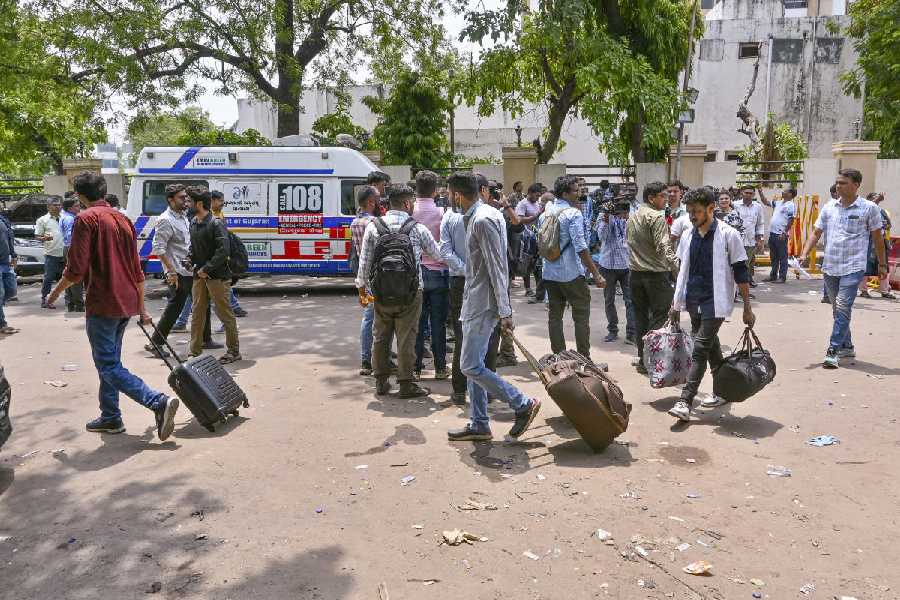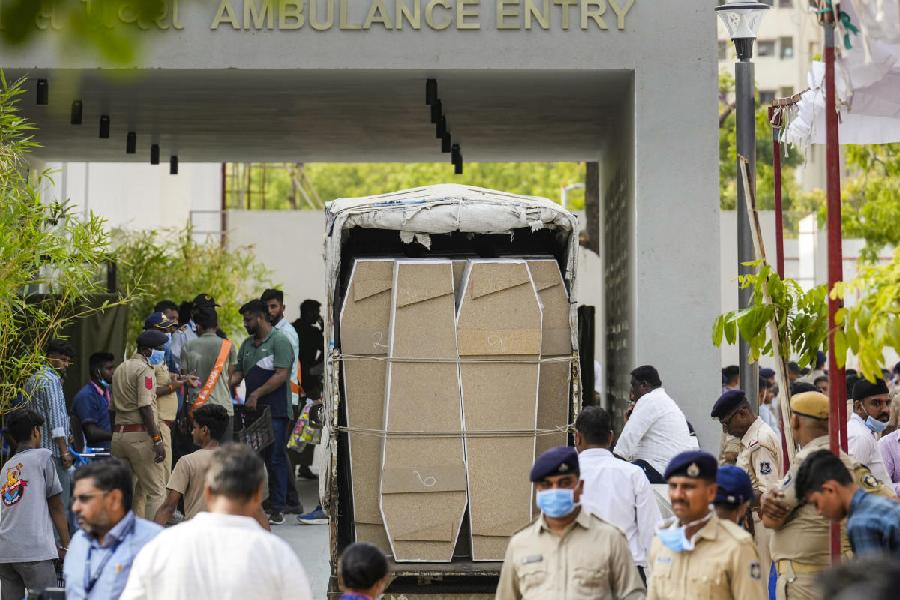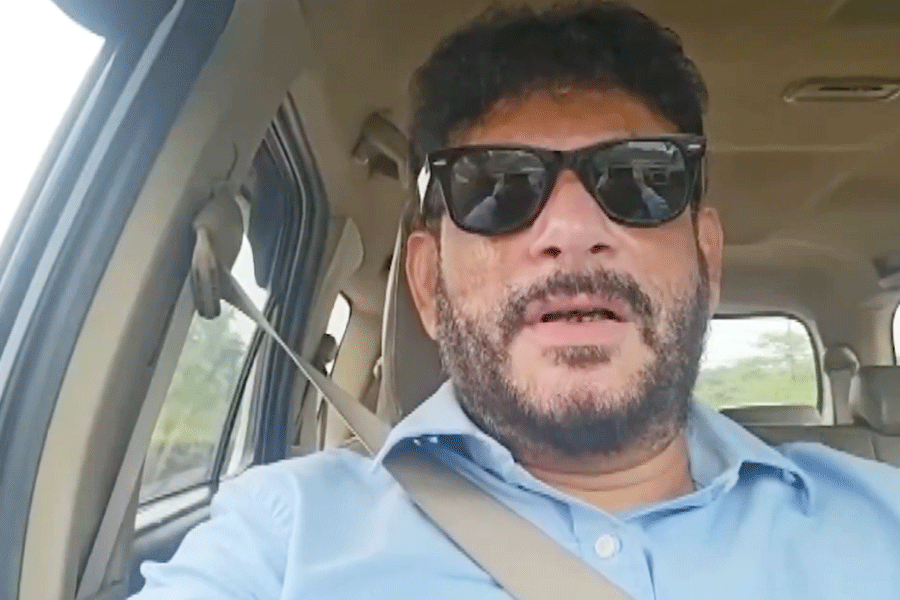Jalpaiguri, July 20: This is a report card environmentalists and the ornithologists would prefer not to see.
In the last four years, as many as 40 species of birds and 19 species of fish have become extinct in West Bengal.
The Aranya Saptaha or forest week ended on a sad note with forest officials stressing on the “urgent need” to preserve the remaining forest cover and in turn the birds and animals that inhabit them.
Conservator of forests (territorial) Mahendra Nath Majhi said at the closing ceremony: “Four years ago, there were 403 species of birds and 55 species of fish in the state. Today, 40 species of birds are no longer found. The same holds true for 19 species of fish. We must take care of the remaining species.”
The birds include the white-eyed pochard (Ahthyanyroca), white-rumped vulture (Gypabengalisis), great white-bellied heron and Nordmann’s Green Shank.
Chela (Bacaila), Chapila (GadusiaChapra), Kursa (LabeoGonius), Bacha (Enptropichthys) are the fishes that are no longer found in the streams and rivers.
G.B. Thapriwal, principal chief conservator of forests, said the development of military bases — at Bengdubi, Sukna, Binnaguri and Malbazar — had depleted the forest cover. Use of firewood in the tea gardens, which lie on the fringes of the forests, also pose a threat. “We feel the use of alternative mediums like coal, gas and smokeless chullah should be adopted by the people living on the labour lines of the tea gardens of north Bengal to save the forests,” he said.
The good news, however, was that poaching and illegal tree felling had come down.
“The formation of forest protection committees and eco- development committees have been successful,” Thapriwal said.
A forest source said a recent survey by the Satellite Imaging Centre of Indian Institute of Technology, Kharagpur, showed that the percentage of forests in the state was 27 per cent as compared to the national average of 22 per cent.
“This should be increased to 33 per cent in the next two years,” forest minister Jogesh Burman said. “Parks like Jaldapara, Buxa and Gorumara are adversely affected by the rivers coming down from the Bhutan hills and entering the Dooars. Though we do our best to minimise the damage, the rivers wreak havoc during the monsoon.”
“The new threat is the East-West Corridor. If it is built, it will spell doom for the forests. We have taken the decision to intensify our protests in this regard,” he added.










